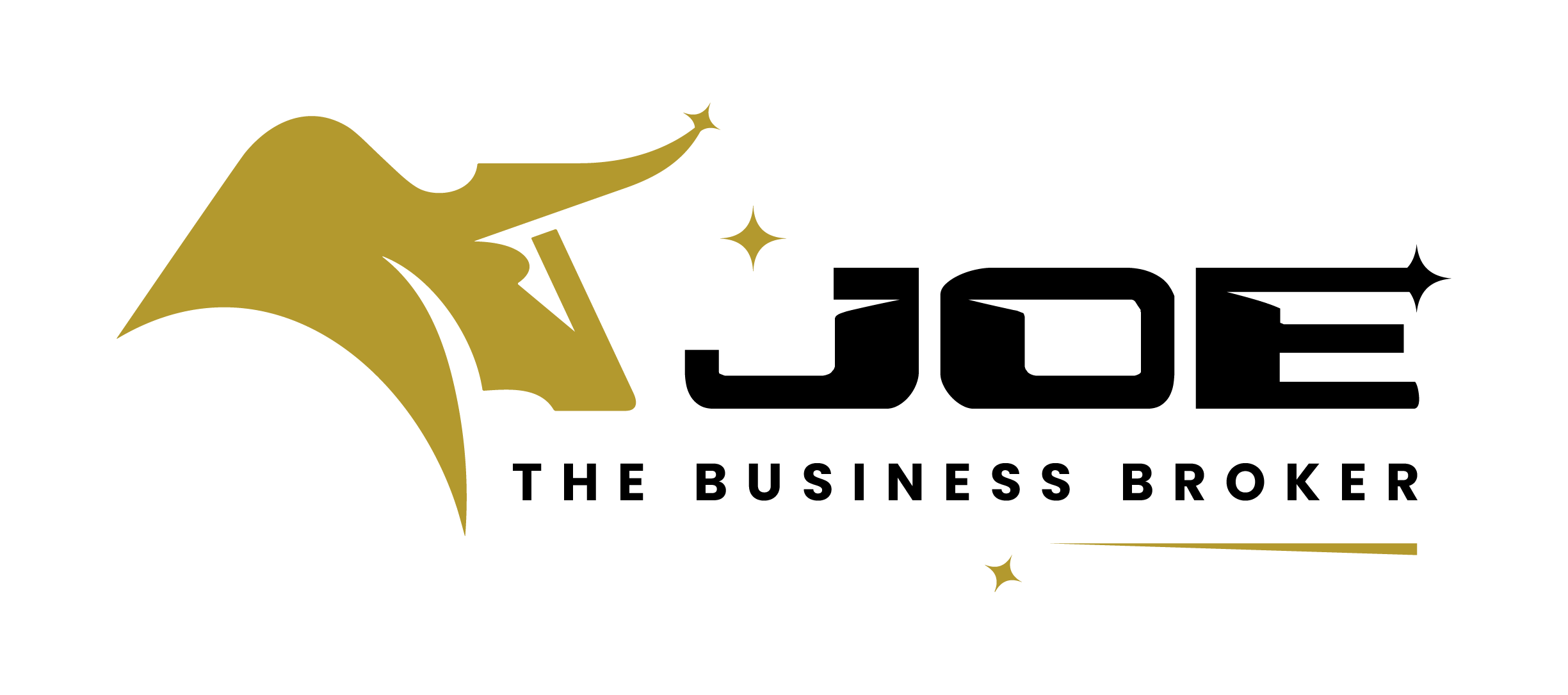In today’s evolving marketplace, selling a business is not a straightforward task. Business owners often find themselves facing steep odds, with a sizable percentage of businesses never finding the right buyer. One effective strategy to enhance the appeal of a business sale is seller financing. Let’s dive into its intricacies and how it can be the key to a successful transaction.
Understanding Seller Financing in Business Sales
What is Seller Financing?
Seller financing is akin to a bank loan but with the business seller acting as the lender. Essentially, a portion of the business’s purchase price is paid off over a stipulated period with interest. Standard terms generally range from 5-7 years with an interest rate between 8-10%. However, these figures can fluctuate based on the sale’s specifics.
Why Consider Seller Financing?
Accelerated Sales Process: Seller financing can draw a broader pool of potential buyers, speeding up the selling process.
Higher Selling Price: Businesses that offer seller financing typically command a more competitive price, sometimes up to 15% more than a standard cash sale.
Profit from Interest: Beyond the initial sale price, sellers can earn profit from the interest collected on the loan, thus further increasing the sale’s return on investment.
Buyer Assurance: A seller’s willingness to finance part of the sale showcases confidence in the business’s potential, making it more attractive to prospective buyers.
Strategic Steps to Optimize Seller Financing
- Know the Value of Your Business: Avoid the valuation gap by understanding your business’s true market value. An independent valuation can provide clarity, ensuring you set a realistic and attractive selling price.
- Secure a Substantial Down Payment: Requiring a significant down payment, ideally a third or more of the sale price, reduces risks and showcases the buyer’s commitment.
- Professional Advice is Key: Seller financing has multiple dimensions, and getting it right is crucial. Engage financial advisors or business brokers to draft a watertight contract, ensuring both parties are protected.
- Advertise Seller Financing: Clearly mention seller financing in your business-for-sale listing. This acts as a magnet, drawing in a more extensive range of potential buyers.
- Stay Engaged, but Set Boundaries: Although seller financing requires some level of engagement post-sale, establish clear boundaries to ensure you’re not deeply involved in day-to-day operations.
- Protect Your Interests: Secure your collateral. Whether it’s through personal guarantees, stock pledges, or other forms of loan security, ensure your interests are safeguarded.
The Final Word
Seller financing, while beneficial, isn’t without risks. A seller remains tied to the business until the loan is fully repaid, potentially affecting future endeavors. But, with careful planning, consultation, and risk assessment, seller financing can be a win-win, fostering a smooth transition and ensuring both parties achieve their objectives.




